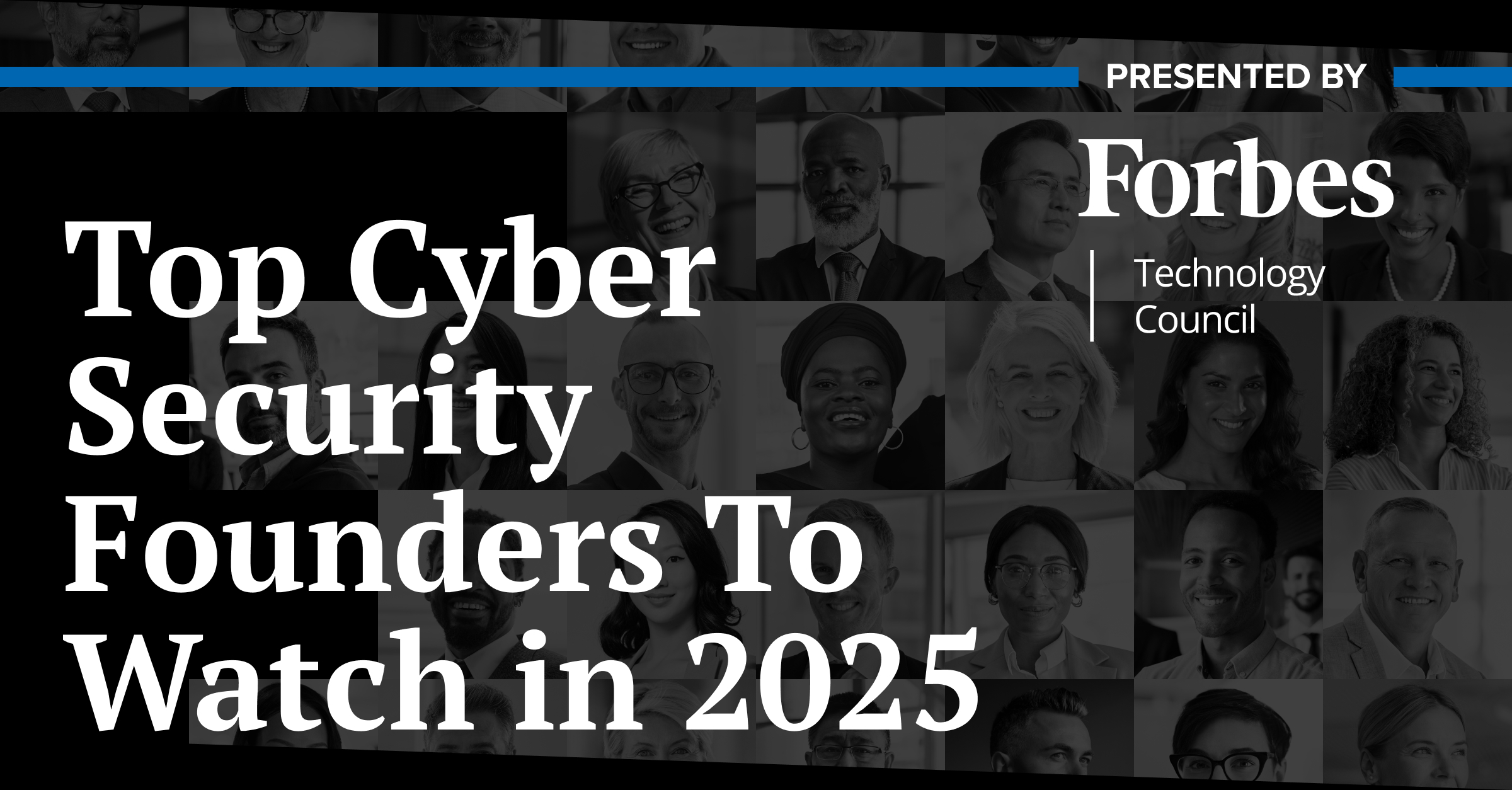Uncertainty is the new normal. Between inflation concerns, layoffs, global conflict and political volatility, today’s workforce is operating under a near-constant state of stress. In this environment, the role of HR has evolved beyond compliance and benefits administration—HR professionals are now architects of trust, stability and resilience.
To understand how HR leaders are meeting the moment, we turned to the Senior Executive HR Think Tank, a curated group of decision-makers shaping the future of workforce strategy across industries. From emerging startups to enterprise giants, these experts share how they’re preparing their people and organizations for whatever comes next—and what strategies truly work when uncertainty is high.
“Talk openly until your people feel secure.”
Don’t Hide From the Truth
In times of instability, silence breeds fear. That’s why Jason Elkin, Co-Founder and Chief Innovation Officer at Equals True, believes in leading with transparency—no matter how uncomfortable it may be.
“We start by making certain that our people know that the organization’s values won’t change—no matter what the political climate may be—and that we have plans for economic uncertainties.”
During the pandemic, Elkin and his team went a step further.
“We disclosed the exact amount of our cash reserves and gave written commitments to provide individualized severance packages if layoffs were required. As a result, we had zero resignations.”
While it can be easier for HR teams to shun conflict, Elkin asserts that avoidance isn’t a helpful strategy. His advice? Don’t wait until things smooth over. “Talk openly until your people feel secure,” he says.
Turn Listening Into Action
Melinda McCormack, Founder of Impact with Empathy, says HR must blend strategy with compassion—especially during volatile periods.
“HR plays a crucial role in navigating uncertainty by combining strategic approaches with empathy to support leadership,” she says. “Our aim is to help leaders prioritize employees’ mental health and work flexibility.”
Her team uses real-time listening tools like pulse surveys and employee forums to track sentiment and identify stressors early, and they ensure employees know they’ve been heard by acting swiftly on feedback. Further, McCormack stresses the importance of both inclusivity and a supportive culture in maintaining morale.
“Fairness and transparency are vital, especially for underrepresented groups,” she notes. “And encouraging small wins fosters trust and resilience in challenging times.”
“Reducing stigma and offering employees and their families practical tools is vital to maintaining high morale.”
Tackle Anxiety With Practical Support
Lori Landrum, Manager of HR and Marketing at Heights Tower Service, knows that, in her company’s industry (telecommunications), the stakes are especially high.
“Our industry experiences one of the highest rates of stress and burnout in the U.S.,” she explains. “Add a layer of geopolitical and economic uncertainty to this, and the results can be catastrophic.”
The strategies she has helped her company build go beyond feel-good initiatives to offer team members tangible support that actually gets used, including 24/7 access to mental health resources, unlimited free sessions with Certified Financial Planners, budgeting tools and group legal benefits, employee training and development programs, and multi-access resource hubs.
“Reducing stigma and offering employees and their families practical tools is vital to maintaining high morale and helping them navigate the anxiety and stress that comes with uncertain times,” Landrum concludes.
Help Team Members Feel in Control of Their Future
Career stability is one of the best ways to reduce anxiety—and Britton Bloch, VP of Talent Acquisition Strategy and Head of Recruiting at Navy Federal Credit Union, is focused on delivering exactly that.
“By offering employees opportunities for job rotations, personalized career development and skills enhancement, HR can mitigate anxiety and foster a sense of stability and growth,” she says.
Bloch says combining robust employee development with openness, recognition for accomplishments, a commitment to avoiding layoffs, and wellness initiatives can provide a big boost to morale.
“These strategies collectively help maintain engagement and productivity during uncertain times, showing employees that they are an integral part of the organization’s long-term success.”
“HR needs to plan ahead to avoid feeling threatened by uncertainty—expected or unexpected—and safeguard employees and the business.”
Don’t Just React; Prepare
Laci Loew, Fellow and HR Analyst at the Global Curiosity Institute, emphasizes planning over panic. Maintaining morale and engagement, she says, requires a multipronged strategy.
“HR teams must leverage data to identify, hire for and make mobility decisions about skills gaps; ensure that the workforce has the skills to adapt to change; foster psychological safety, work-life balance and flexibility; and guide employees through change initiatives with transparent communication.”
Loew says HR teams play a vital role as strategic enablers who prepare employees for change, monitor and invest in mental health and well-being, and help teams understand how their work contributes to the organization’s purpose. To do this effectively, she adds, a proactive stance is essential.
“HR needs to plan ahead to avoid feeling threatened by uncertainty—expected or unexpected—and safeguard employees and the business.”
How to Lead Through Uncertainty
Want to build a more resilient workforce? HR Think Tank members recommend these key strategies:
- Communicate with clarity and consistency. Uncertainty thrives in silence. Share what you know—and what you don’t. Regularly visit values and reinforce organizational commitments.
- Turn feedback into fast action. Listen closely through surveys and open forums—and respond quickly. Showing that feedback leads to action builds trust in leadership.
- Offer tangible resources, not just encouragement. Tools like employee development programs, financial counseling and flexible mental health support make a real difference during turbulent times.
- Build career safety nets. Use upskilling, mentorship and internal mobility programs to give employees a sense of forward momentum and control over their futures.
- Don’t wait for a crisis to act. Whether it’s taking a lead role in change management or fostering feelings of ownership and well-being, proactive strategies can strengthen retention and morale.
Focus on People, Not Policy
When instability strikes, HR is one of the most critical stabilizers in an organization. The best HR leaders understand that addressing uncertainty isn’t just about policy—it’s about people. Listening deeply, communicating clearly, acting with compassion and planning with confidence all play a huge role in minimizing stress and maximizing morale.
The bottom line? To bring out the best in employees, HR leaders need to focus on what team members need from them, not just on what they need from team members.









